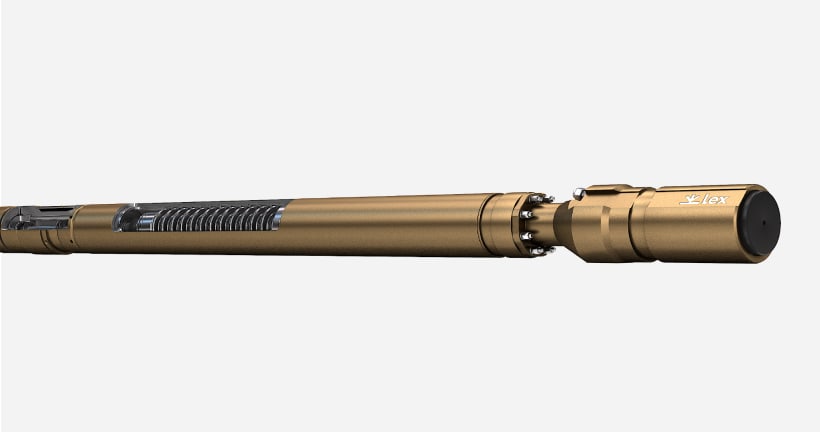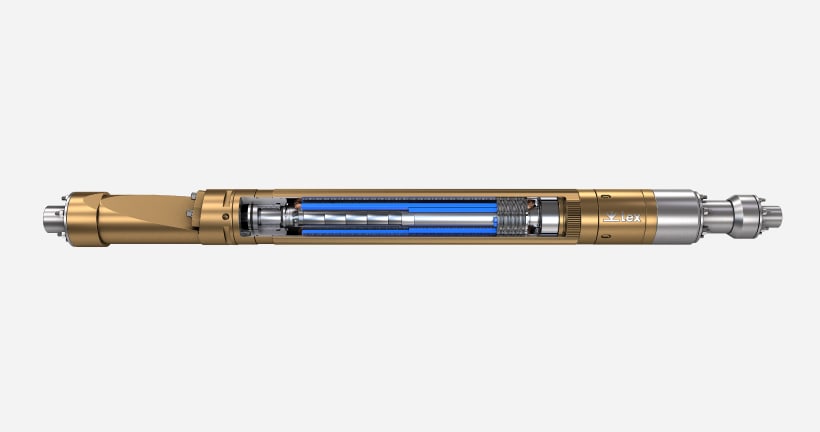The artificial lift is the most energy-intensive process in oil production. Fluid production and the maintenance of reservoir pressure overall consumes more than 70% of oil output power.
Quite often, there are complicating factors in the well (solids, salts, flooding, gas issues, variable inflows, etc.) that affect overall production efficiency. Given the standard equipment design, the traditional rated speed, and outdated configurations, the overall efficiency of the entire system rarely exceeds 25-50%.
The main contributors to low efficiency are:
- the pump which efficiency falls dramatically beyond the operation range and in harsh environments
- the motor, which is mostly the Asynchronous Motor with its low nameplate and operation efficiency.
This low efficiency raises power operation costs and results in a loss in the reliability of equipment.
The standard solution to this would be to replace equipment with a suitable standard size and replace the asynchronous motor with a more efficient Universal PMM. However, the limited range of control prevents them from responding effectively to variable conditions and maintaining that higher efficiency consistently over time.
We have created a new power-saving solution, replacing the standard ESP with the unique Ultra-High-Speed ESP – Lex UHS ESPТМ, capable of reaching the operating speed of 12,000 rpm.
Our engineers thoroughly collect and analyze the candidate wells data and produce accurate calculations to tailor up our selection of equipment package for maximum ROI.
Based on aerospace technologies, our Ultra-High-Speed submersible permanent magnet motors have the efficiency up to 92%, which produces:
- increased efficiency of each ESP assembly, especially the pump, which efficiency factor can be enlarged by 12%;
- 2-3 times wider operation range to adapt to varying inflow;
- 2-3 times fewer stages and smaller overall ESP size than in standard equipment due to 12 increase of head pressure.
Such an approach results in power saving to 25-50% and avoiding maintenance and replacement cost thanks to optimization of equipment standard size.




